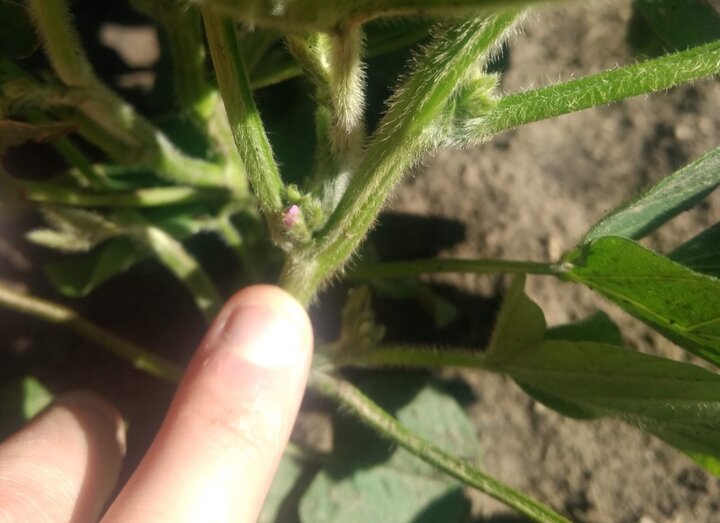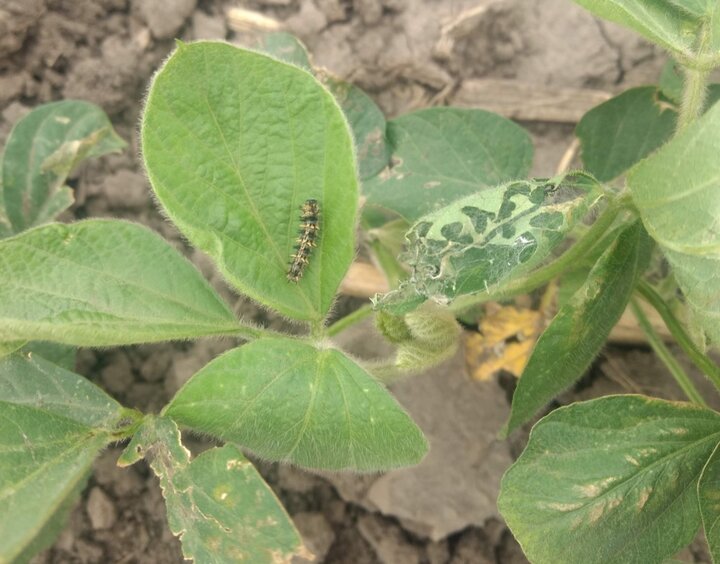Nathan Mueller
Extension Educator Saline, Jefferson and Gage counties

Corn and Soybeans: Most cornfields are in the V9 to V12 growth stage (Figure 1). There was some hail-damaged fields in pockets of Gage, Jefferson, and Saline counties with recent storm events. Rainfall totals over the past week ranged from 0.5 to 8 inches, with most receiving over 2 inches. The dry spot has been in the Friend area and excessive rains in the De Witt and Beatrice area. Other than applying nitrogen through pivots, most pivots have been idle since the dry spell back in April-May. The UNL Mesonet Weather Station near Plymouth is still showing very good soil moisture at all depths (4, 10, 20, and 40 inches deep). Weed control was good overall. Bacterial leaf streak was reported last week. Soybean growth stages range from V4 to R1 (beginning bloom). Post emergence soybean herbicide applications are actively being applied. No significant pest or disease issues other than a small amount of old leaf damage from thistle caterpillars.
Alfalfa, Wheat, and Sorghum: Alfalfa growth and yield looks good for second cutting after a poor first cutting this year due to the April freeze, abnormally dry weather in May, and alfalfa weevil pressure. Alfalfa weevil have not seemed too been a problem after first cutting. Second cutting has just started on early first cutting fields and first cutting on new seeding alfalfa. Winter wheat maturity is moving along quickly with this record-breaking June heat. Most fields are in the dough stage (Feekes 11.2). Leaf rust pressure with the recent rains has increased, but late enough it should be a significant issue, but varietal differences in susceptibility to leaf rust are noticeable. The stripe rust was suppressed by the hot weather. Weed control was very good in all the fields, but some waterhemp and Palmer amaranth is showing up in areas with thinner stands. The local 2020 UNL winter wheat variety trial in cooperation with Mark Knobel is located north of Fairbury on Hwy 15, then east 1 mile on 716th Rd, then 3/4 of a mile north on 569th Ave, east side of the road marked with a UNL sign. You can take a self-guided tour by grabbing a handout in realtor box at the plots. I just ask you to please do not walk/damage (pull heads) the wheat and stay in the wide walking alleys. Please bring your own hand sanitizer after touching the realtor box to reduce the risk of spreading COVID-19. There were only a few grain sorghum fields, but early growth and weed control looks good. (6/25/20)
Aaron Nygren
Extension Educator Colfax County
Crops in the Colfax County area are progressing well. Rainfall in the last week was variable, ranging from around a .50” to over 3” in spots. Corn is rapidly growing with the cooler temps and rainfall, with farmers finishing up sidedressing and ridging. Early planted soybeans have started flowering. Farmers are catching up on post spraying soybeans after winds and rain prevented them from getting into fields. The first soybean gall midge larvae were found in the area this week, so start watching field borders for damaged plants. (6/25/2020)
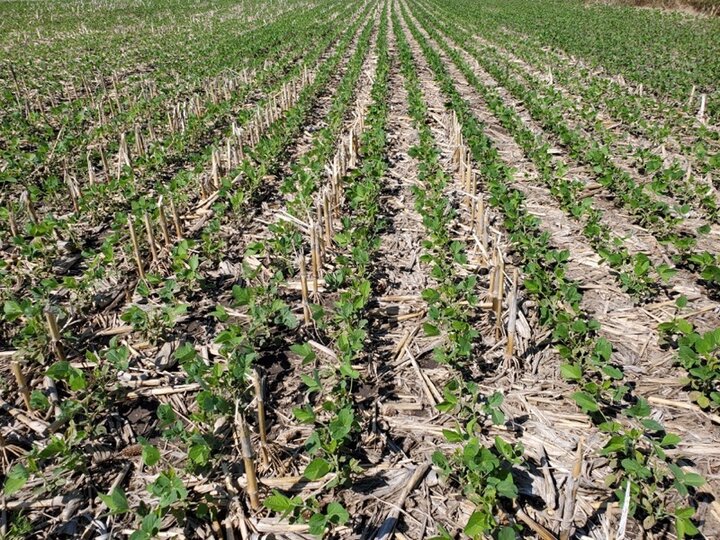
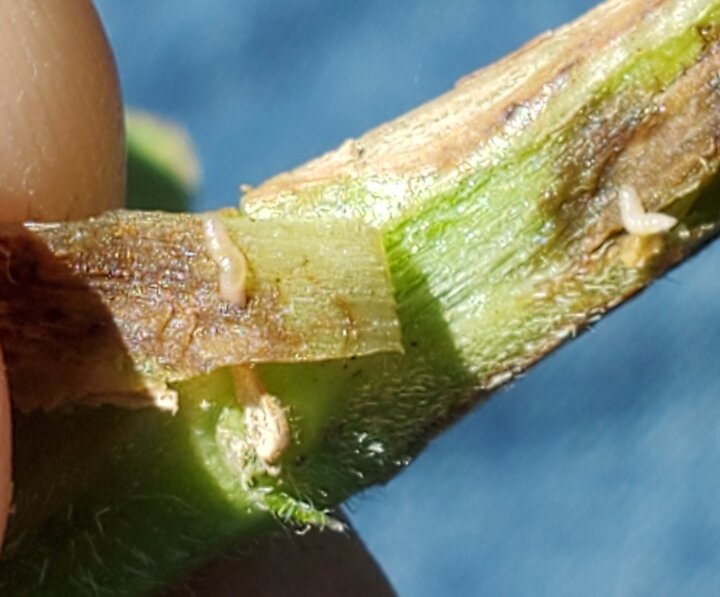
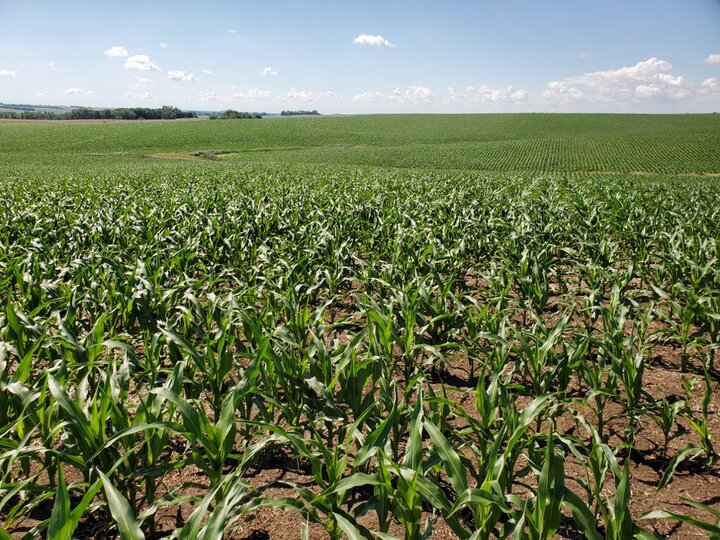
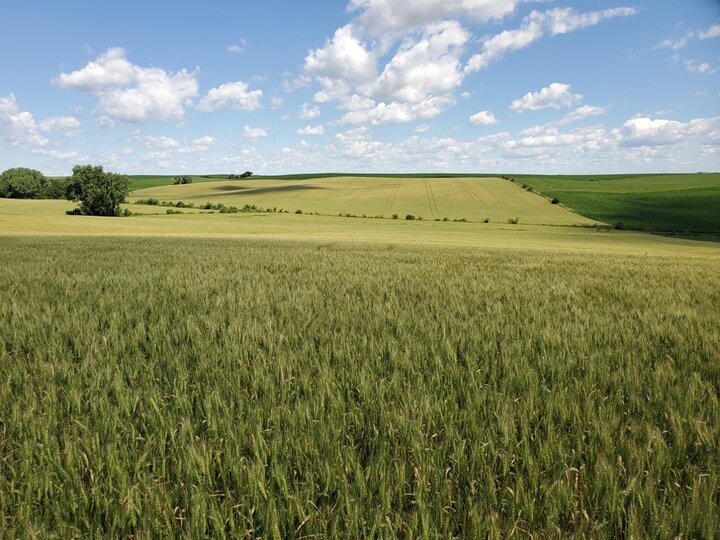
John Thomas
Extension Educator Northern Panhandle
Winter wheat in the northern Panhandle is changing color and maturing quickly. Hot temperatures in the past two weeks caused some firing and curling of the flag leaves. We have not had any occurrence of rust to speak of and wheat stem sawfly pressure does not seem high this year. Overall the wheat crop is looking pretty good. (Photo 1)
The dry edible field peas are developing rapidly blooming and setting pods. We have been haven’t had much rain and the dryland peas could use some moisture as they mature. (Photo 2)
The sugar beet crop is looking good this year and is ahead of last year. Many sugar beet fields are closing the rows now. Early predictions are that the crop will average better than 30 tons per acre which is good. We are early on in the season but the dryer weather pattern also means less hail which is good for our crops. (Photo 3)
The potato crop is also looking good this year. They are closing the rows and entering into the bloom stage. These potatoes are planted on beds each having three rows. We have several producers in our area that grow potatoes and they often lease ground having a minimum of a five year rotation because of problems with potato disease. (Photo 4)
All of our dry edible beans are planted now and they are off to a good start. Most bean growers put down a pre-emergent herbicide followed by a post application. This field was planted with a twin row planter on 30 inch centers. As you can see he is needing to apply his post herbicide treatment to control the coming weeds. (Photo 5)
Additionally the first cutting of alfalfa is complete this spring. (6/24/20)

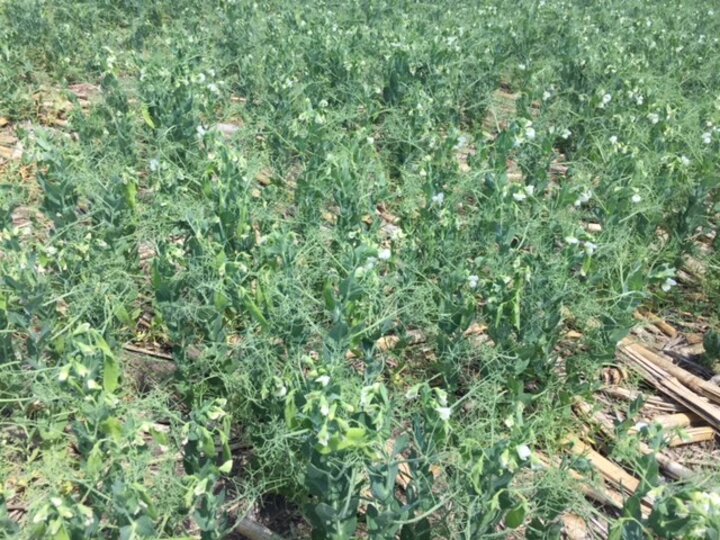
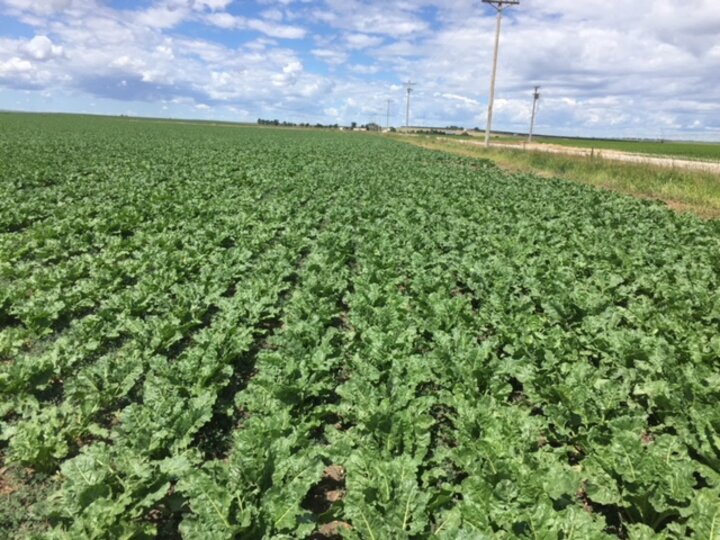
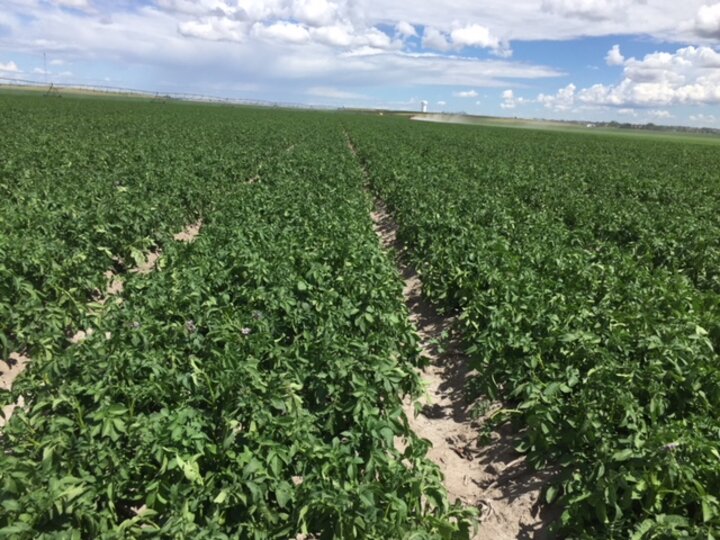

Sarah Sivits
Extension Educator in Dawson, Buffalo and Hall Counties
In our area, corn is anywhere from V3-V8/V9. Corn is starting to recover from all of the wind that we received over the last couple weeks. Some is starting to perk back up but there was some damage to the lower leaves. Hopefully we won’t have too many issues with bacterial diseases moving forward, but we’ll see how things look over the next couple weeks. Still lots of cultivating, side-dressing, and post emergence herbicide applications going on. I have seen several minor diseases in corn this spring and I’m keeping an eye open for bacterial leaf streak.
Soybeans range from V2-V4/V5. Early planted fields are just starting to get their first blooms across the area. Post emergence herbicide applications are still going down and I have seen some cupping on susceptible plants. Thistle caterpillars and bean leaf beetles are present, but I haven’t seen near as much damage as we saw last year. Still something for producers to keep an eye on as we move forward this summer.
Alfalfa is re-growing very nicely from the first cutting. Oats are headed and look good. Haven’t seen much disease in wheat that is present across the region. We were fortunate to get some rain over the weekend, but some folks did receive hail as well. Otherwise, some center pivot irrigation systems are running a little and folks are starting to get their pipe ready for the field. (6/22/20)
